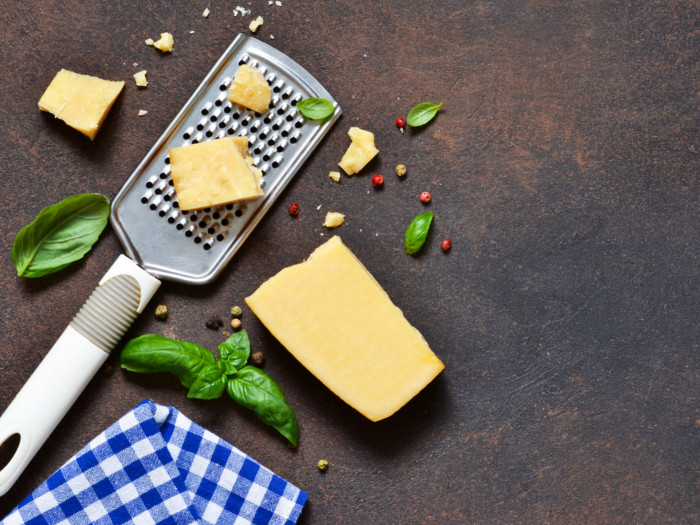Is A ‘New Golden Age’ of U.S. Dairy Trade on the Horizon

Is the United States’ dairy industry on the brink of a new golden age of dairy trade? The International Dairy Foods Association (IDFA) thinks so.
Industry Growth Fueled by Strategic Investments – The U.S. dairy industry, a vital economic engine supporting over 3.2 million jobs and contributing nearly $800 billion to the national economy, is poised for sustainable growth. According to the International Dairy Foods Association (IDFA), the industry has committed over $8 billion to expanding processing capacities, expected to come online in the coming years.
Record Exports Fuel Optimism – The optimism is fueled by new data from the USDA revealing that U.S. dairy exports reached $8.2 billion in 2024, marking the second-highest total in history. These exports saw an increase of $223 million from the previous year, with Mexico and Canada as the top trading partners, accounting for over 40% of total exports and achieving new value records.

Challenges and Strategic Priorities – However, challenges remain. China and Southeast Asia including the Philippines, Vietnam, and Malaysia imports have dropped to their lowest levels since 2020, highlighting a need for strategic trade policies. IDFA President and CEO Michael Dykes emphasized the necessity of a trade agenda prioritizing market access and equitable conditions.
“To truly lead the global dairy market, we need trade deals that enhance market access and address existing barriers,” stated Dykes.
Future Opportunities for Expansion – Today, approximately one day’s worth of milk produced on America’s dairy farms each week is exported, or roughly 18% of all production. As U.S. milk production continues to increase over the next decade, expanding markets will become even more vital to ensure the global competitiveness of the industry and to boost the American economy.
The U.S. is currently the third-largest global dairy exporter, following New Zealand and the European Union. As production continues to rise, expanding international markets will be crucial for maintaining competitiveness and supporting economic growth. The IDFA suggests that with strategic trade agreements, American dairy could reshape the global market landscape for decades.
“Overall, U.S. dairy exports are performing well, but we can do more,” Dykes concluded.
“With new trade agreements that remove obstacles and increase market access, we wouldn’t just break records — we would redefine the global dairy landscape for decades to come.”

